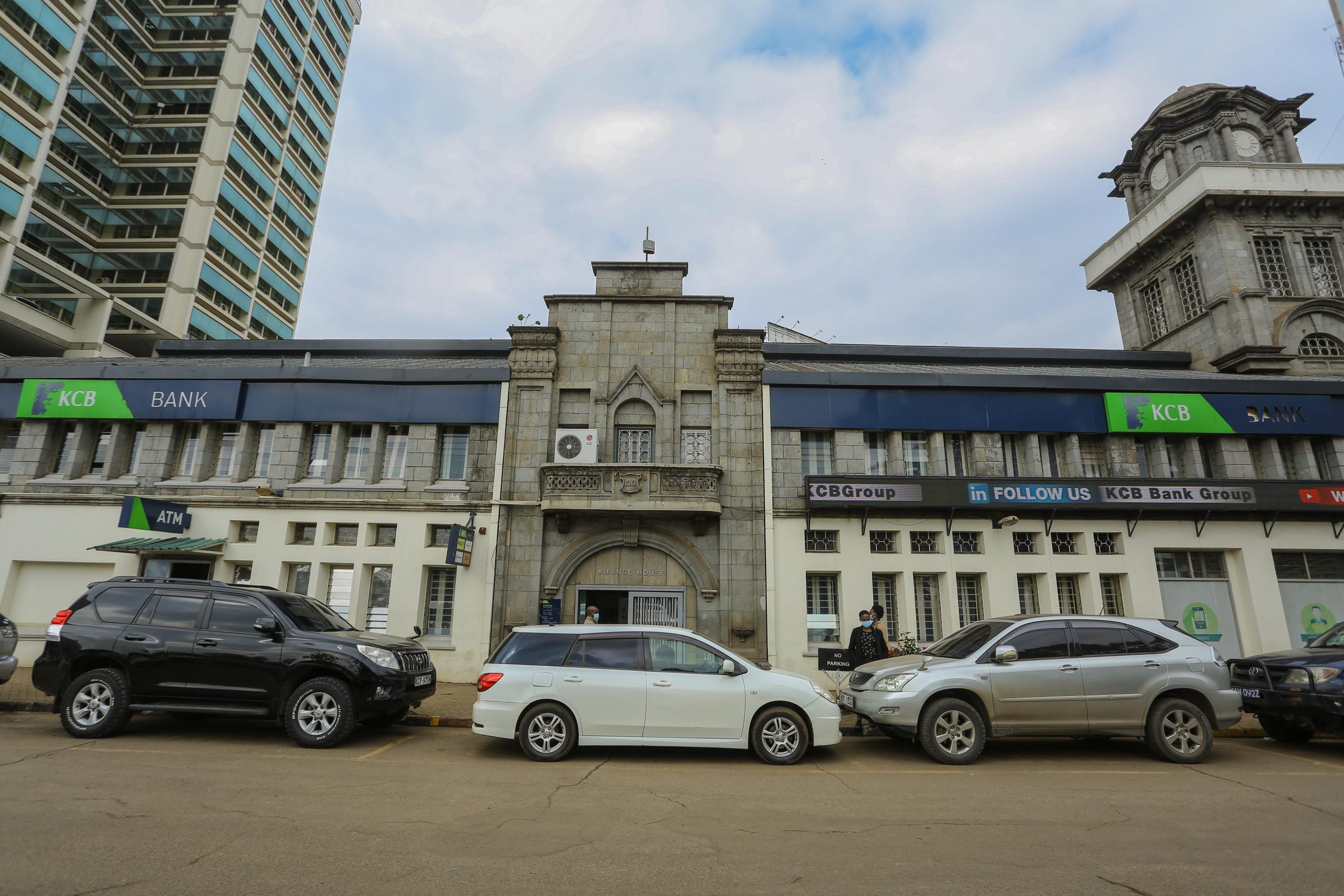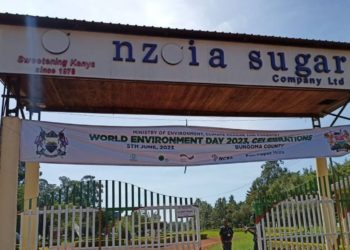Nairobi Securities Exchange (NSE) has recently witnessed a substantial decline in market capitalization for some of its major players, marking a 30.6% drop in the all-share index since the beginning of the year.
Kenya’s largest bank, KCB Group, has experienced a significant reduction in market cap, with its share price plummeting from KES 40.0 in December 2022 to KES 16.1 as of November 10, 2023. Despite these concerning figures, a closer examination of KCB Group’s assets, regional influence, and the broader African banking sector suggests a more optimistic outlook, positioning the bank as an undervalued gem on the NSE.
KCB’s half-year performance reveals robust growth, with total assets surging by 54.0% to KES 1.9 trillion in June 2023 from KES 1.2 trillion in June 2022, and net profit decreasing by 21.7% to KES 16.1 billion by June 30, 2023, from KES 19.6 billion in June 30, 2022. This growth is attributed to the consolidation of Trust Merchant Bank (TMB) in the Democratic Republic of Congo, acquired in December 2022, and a rise in customer deposits to KES 1.47 trillion. Business contributions from outside Kenya saw a remarkable 166.0% increase, constituting 38.1% of the Group’s business, with a pre-tax profit of KES 8.5 billion.
However, caution is warranted as the bank included provisions for non-performing loans, which increased by 137.2% to KES 10.2 billion in June 2023 from KES 4.3 billion in June 2022, and operating expenses increased by 60.1% to KES 50.6 billion in June 2023 from KES 31.6 billion in June 2022 due to aggressive positioning and the impact of acquiring the struggling National Bank in 2019. The decision to maintain National Bank (NBK) as a stand-alone subsidiary, instead of the initially planned merger, added NBK’s loan book and liabilities to KCB’s balance sheet, influencing its financial performance.
The McKinsey & Company’s Global Banking Annual Review 2023 sheds light on the broader African banking sector, indicating remarkable growth with USD 22.3 billion in net profits in 2022 and an average annual growth of 8.0% since 2021. African banks achieved an average of 15.0% return on equity (ROE) in 2022, outperforming global trends. Kenya, in particular, contributed significantly with approximately USD 1.5 billion in profits in 2022 and an impressive average ROE of 19.0% for both 2022 and 2023.
The report introduces the concept of the ‘Great Banking Transition,’ emphasizing the imperative for banks to adapt to changing dynamics, leverage technology, and optimize balance sheets. KCB, with its robust assets, extensive market share, and consistent profitability, is strategically positioned to capitalize on this transition. Embracing technology and artificial intelligence can enhance the bank’s productivity, service delivery, and competitiveness. The large asset base provides room for growth and scale, aligning well with McKinsey’s recommendations for financial institutions to thrive in the evolving banking landscape.
While KCB Group faces short-term challenges reflected in its market valuation, its promising fundamentals, regional expansion, and alignment with the evolving banking landscape position it as a strong contender for long-term success on the NSE. Investors may find potential value in KCB’s resilience, regional dominance, and strategic positioning amid the transformative changes sweeping the African banking sector.


















